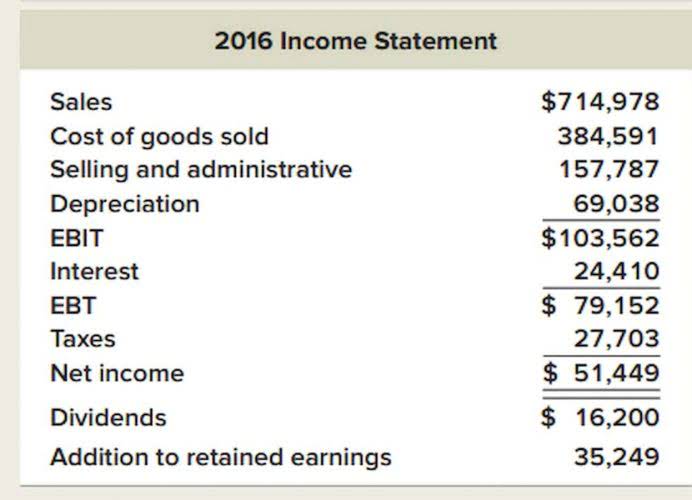
Larger market caps tend to be far more liquid and less volatile than smaller ones. Examples include once a specified period of time passes, if the company meets a set earnings goal, or once an employee has worked a number of years. Outstanding shares — or shares outstanding — aren’t as extraordinary as their name implies.
Floating Shares vs. Outstanding Shares
Knowing the number of outstanding shares a company has issued, as well as the types of shares, is all part of making smart investment decisions. Determining a company’s market capitalization and earnings per share are critical components of how to calculate number of outstanding shares smart investors’ analysis process. Outstanding shares are all the shares issued and sold by a company that are not held by the company itself. Outstanding shares include a company’s common stock held by individual investors, institutional investors and restricted shares held by company officers and insiders. The category does not include treasury stock, which is the company’s own stock held by the company. The number of shares outstanding can (and usually does) fluctuate over time.
- In other words, a company has issued shares and then bought some of the shares back, leaving a reduced number of shares that is currently outstanding.
- This figure is important because it translates a company’s overall performance into per-share metrics, making an analysis much easier regarding a stock’s market price at a given time.
- Outstanding shares represent a company’s shares that are held by investors, whether they’re individual, institutional, or insiders.
- In contrast, outstanding stocks are the ones already issued in the market.
- This can often be found in a company’s financial statements, but is not always readily available — rather, you may see terms like „issued shares“ and „treasury shares“ instead.
- It helps in calculating key financial ratios and understanding the company’s ownership distribution.
Types of Stocks You Should Know

The number of shares outstanding increases if a company sells more shares to the public, splits its stock, or employees redeem stock options. The number of shares outstanding decreases if the company buys back shares or a reverse stock split is completed. Not to be confused with authorized shares, outstanding shares refer to the number of stocks that a company has issued. This number represents all the shares that can be bought and sold by the public, as well as all the restricted shares that require special permission before being transacted.
- One such important term is Outstanding shares or Shares Outstanding.
- Lastly, divide the total value by the total number of shares purchased to arrive at the weighted average share price.
- The number of outstanding shares affects several key financial metrics and ratios, including earnings per share (EPS) and price-to-earnings (P/E) ratio.
- Should they do so, however, they would also contribute $50 million in cash to the corporate treasury.
What are Treasury Shares?
![]()
The company has issued these shares, and are in the hands of investors who may buy and sell them on the open market. A company’s number of shares outstanding is the number of shares investors and company executives currently own, while the number of issued shares is the number of shares that have ever been traded in the stock market. A company’s number of issued shares includes any shares the company has bought back and now holds in its treasury. The term „float“ refers to the number of shares available to be traded by the public and excludes any shares held by company executives or the company’s treasury.
Look at the Treasury Stock Line Item
As we already explained, shares that can be freely bought and sold by public investors are called the float. This value changes depending on whether the company wishes to repurchase shares from the market or sell out more of its authorized shares from within its treasury. Outstanding shares provide insights into a company’s size, ownership structure, and market capitalization. The number of outstanding shares affects several key financial metrics and ratios, including earnings per share (EPS) and price-to-earnings (P/E) ratio. A stock split occurs when a company increases its shares outstanding without changing https://www.bookstime.com/ its market cap or value. Companies can also undergo reverse stock splits or consolidate shares.


Shares outstanding refers to the amount of stock held by shareholders, including restrictive shares held by company insiders. A company, however, may have authorized more shares than the number of outstanding but has not yet issued them. These may later appear in the form of a secondary offering, through converting convertible securities, or issued as part of employee compensation such as stock options. Due to these factors, the actual number of shares outstanding can vary over the course of a reporting period. For a blue chip stock, the increased number of shares outstanding due to share splits over a period of decades accounts for the steady increase in its market capitalization and concomitant growth in investor portfolios. Of course, merely increasing the number of outstanding shares is no guarantee of success; the company has to deliver consistent earnings growth as well.
Treasury Shares vs. Outstanding Shares
- Investors calculate the cost basis to determine if their investment has been profitable or not, along with any possible taxes they might owe on the investment.
- In a 1-for-2 reverse split, however, the number of shares is divided by two, while the share price doubles.
- The second line from the bottom indicates the number of shares outstanding at the end of each fiscal year, and the bottom line indicates how many new shares were issued by Apple in that year.
- A company’s number of outstanding shares is not static and may fluctuate wildly over time.
- If you’re a market beginner, learning the ins and outs of stocks will help you get started trading, and making money.
If the number of outstanding shares increases, the PE ratio will also increase, on the other hand, if the number of outstanding decreases, the PE ratio will also decrease. Now that we have built the foundation of outstanding shares, let’s understand the formula to calculate outstanding shares. But there are several other https://www.instagram.com/bookstime_inc parameters that investors should analyse before investing in a company. Traders can also use shares outstanding to estimate a stock’s floating shares. While this estimate isn’t perfect, it’s usually close to the stock’s actual shares outstanding. During a share buyback, the company buys its own shares from the shares outstanding and turns them into treasury shares.
- The reason for that is that most public companies have instruments that provide for shares to be issued in the future.
- If all these warrants are activated, XYZ will have to sell 100 shares from its treasury to the warrant holders.
- Other factors, such as our own proprietary website rules and whether a product is offered in your area or at your self-selected credit score range, can also impact how and where products appear on this site.
- Most notably, short interest usually is measured as a percentage of the float, rather than shares outstanding.
There is no specific formula, the calculation needs to be done by hand or with a computer program. For the denominator to be consistent with the numerator, it should reflect the earning power resulting from the issuances of new shares or the retirement of old shares.
